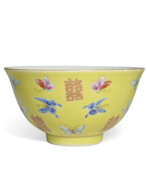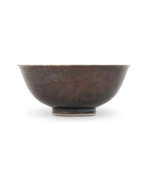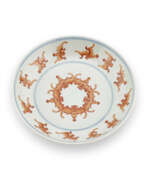Tongzhi period
.jpg)
Tongzhi period
The Tongzhi period, named after its emperor Aixinjueluo Zaichun, was a significant era in the Qing dynasty, marked by efforts to restore and strengthen China. He ruled under the motto "Tongzhi" (Chinese: 同治), which translates to "Order and Prosperity". Aixinjueluo Zaichun was the only surviving son of the Xianfeng Emperor and Empress Dowager Cixi. He ascended the throne at the tender age of five, following his father's death.
The Tongzhi Emperor's reign, from 1861 to 1875, was a time of attempted revitalization known as the Tongzhi Restoration. This period aimed to strengthen China by modernizing the military, reforming the government, and promoting industrial development. Empress Dowager Cixi played a crucial role during this period, effectively ruling behind the scenes and making major decisions.
Sadly, the Tongzhi Emperor's reign was short-lived. He passed away at the young age of 18 due to smallpox. Despite being a period of potential and hope, the Tongzhi Restoration ultimately faced numerous challenges and was unable to fully achieve its ambitious goals.
For collectors and experts in art and antiques, the Tongzhi period represents a unique blend of traditional Chinese culture with the early signs of modernization. The artifacts and relics from this era are a testament to a pivotal time in Chinese history.
Immerse yourself in the fascinating era of the Tongzhi period and connect with a community passionate about Chinese history and culture. Sign up today to receive exclusive updates on new findings, upcoming sales, and auction events focusing on the rich heritage of the Tongzhi period and other significant moments in Chinese art history. Join us on this journey to explore the depths of history and the treasures it holds.
| Country: | Asia, China |
|---|---|
| Start of the period: | 1861 |
| End of the period: | 1875 |







